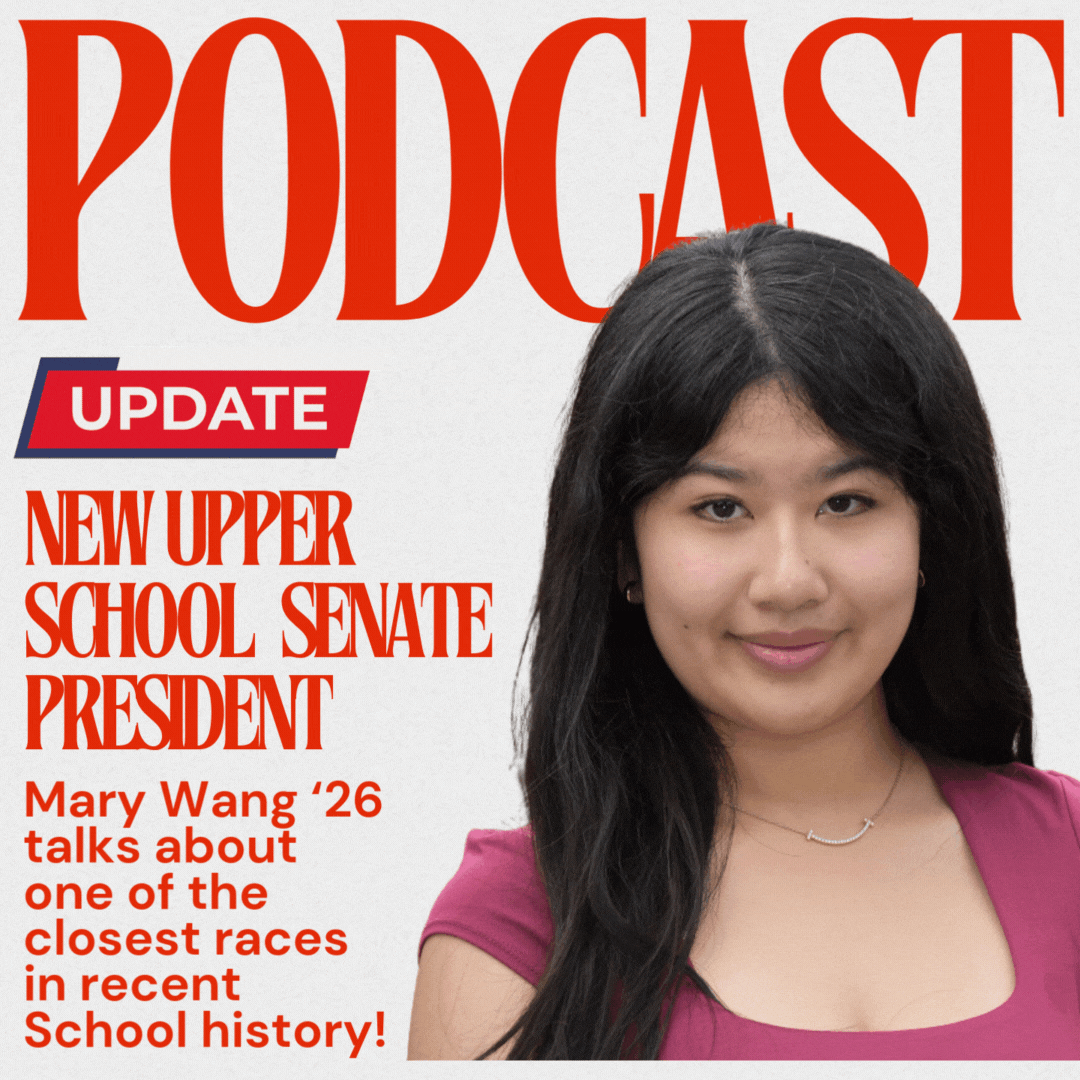Op-Ed: Minority Representation Requires Accurate Portrayal
Photo illustration by Edan Zinn ’23.
February 9, 2021
More than ever, it’s important to have accurately represented minorities in pieces of media. This is especially true in such a white-dominated industry, where the majority of characters in books, movies, and TV shows feature white, cisgender, heterosexual, abled people.
However, when a writer is crafting a minority character they cannot fully identify with, it’s critical to go about it in a respectful manner.
As a white person, I aim to have diverse casts with people of different races. In order to do this properly, this means that I have to write outside of my experiences and privileges.
I want to make sure that this representation is done well, and that I don’t accidentally make an error that could be harmful and play into stereotypes. That’s why I get sensitivity readers.
A sensitivity reader is a reader or editor with extensive personal experiences that they use to draw upon when they review projects submitted to them for misrepresentations, bias, racism, or unintentional stereotypes.
For example, if a Christian writer wanted to write about a Jewish person and their experiences with religion, it would be an important step to get a Jewish sensitivity reader and consult with any Jewish coworkers, friends or family members that could provide additional insight.
My personal experience with this has been nothing but educational, and looking back, I’m so glad that I did it.
As I mentioned, I’ve gone through this process myself. I’ve written a Korean character in one of my projects. While the story is fantasy and I don’t really linger on racial issues, I still reached out to a Korean sensitivity reader to get their feedback.
On top of this, I also made a point to do extensive research on what to do and what not to do when writing characters of color.
An example of some information I discovered during my research is, when writing an Asian character, it’s not a good idea to describe their eyes as “almond shaped.”
This is because, for one, not all Asians have that eye shape, and two, this phrase also has a history of fetishization, used by white, male authors when describing “exotic” Asian women.
Media misrepresentations can reinforce these harmful stereotypes of POC, disabled people, and LGBTQ+ people. Members of these minority groups should be able to share their own experiences instead of settling for tokenistic characters.
I’m all for white, straight, abled authors and writers wanting to create a more diverse cast, but there’s a difference between actual representation and tokenism, or just lazy writing.
It is important to do research, talk to members of these communities, and have sensitivity readers to make sure that these characters are accurate portrayals, especially when the plot revolves around important aspects of these identities such as racial injustice, racism, coming out, a diagnosis, or other sensitive and important topics.
A surprisingly good example of well-written, diverse inclusion is the movie Love, Simon, or its book counterpart, Simon vs the Homo Sapiens Agenda.
While I’m typically wary of media with a plot revolving completely around the struggles of coming out and homophobia, I have to admit that it was well-written.
The author of the book had students in her Gay-Straight Alliance club read the manuscript, and, after hearing their thoughts on what a depiction of a gay character should look like, brought the story to life.
This is an example of what authors, writers, and producers should be doing when it comes to writing about experiences and characters outside of their realm of knowledge.
But above all, it’s extremely important to give these characters the same depth as every other character.
It can require a bit more work and effort, but these writers need to remember that being a minority is not necessarily a defining character trait, and it should not be portrayed as such.
The most important takeaway here is to give these characters the same struggles, feelings, development, and talents as their white, abled, or straight counterparts.
Writers shouldn’t make the minority status of their characters the only thing important about them. That’s not the case in the real world, so it shouldn’t be the case in fictional ones, either.


























































